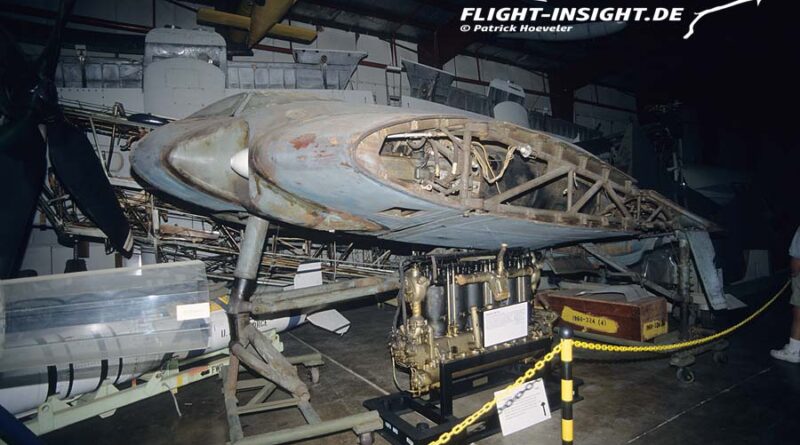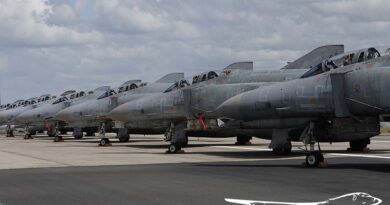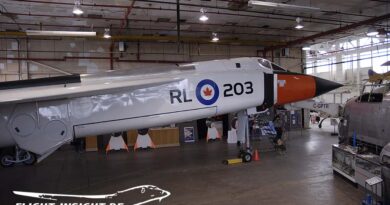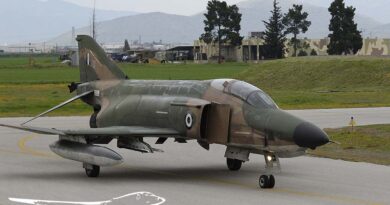Paul Garber Facility
Die Smithsonian-Stiftung besitzt eine der größten Sammlung von Fluggeräten, von denen lange Zeit nur ein Bruchteil im National Air and Space Museums (NASM) in Washington D.C. ausgestellt werden konnte. Erst die Eröffnung des Steven Udvar-Hazy-Centers in Dulles schuf mehr Raum für die Präsentation von vielen einzigartigen Flugzeugen und Hubschraubern. Bis dahin lagerten viele Schätze in der Paul Garber Facility in Silver Hill, Maryland. Hier befand bis zum Umzug nach Dulles auch die Restaurierungswerkstatt des Museums. Zu Hochzeiten lagerten in der nach Paul Edward Garber, dem Mitbegründer und ersten Kurator des National Air and Space Museums, benannten Einrichtung knapp 200 Maschinen.

Besonders berühmt war die Flotte von deutschen Flugzeugen aus dem Zweiten Weltkrieg, die zur Erprobung in die USA gebracht wurden und nach dem Abschluss der Untersuchung beinahe auf dem Schrott gelandet wären. Allerdings waren die Lagerbedingungen nicht ideal: Zunächst waren sie auf einem gerodeten Waldgebiert den Elementen ausgesetzt und kamen später in nicht klimatisierte Hangars. Aber auch US-Exoten wie der Douglas XB-42 und XB-43 Mixmaster erging es nicht besser. Wurde jedoch ein Typ zur Restaurierung auserkoren stand eine meist mehrjährige, penibelste Aufarbeitung an, nach der das jeweilige Muster sogar meist in einem besseren Zustand als bei der Auslieferung aus dem Werk ist. Von 1959 bis 2002 hat das Team der Garber Facility allein mehr als 70 Ausstellungsstücke restauriert, darunter die Arado Ar 234 in mehr als 18000 Arbeitsstunden.
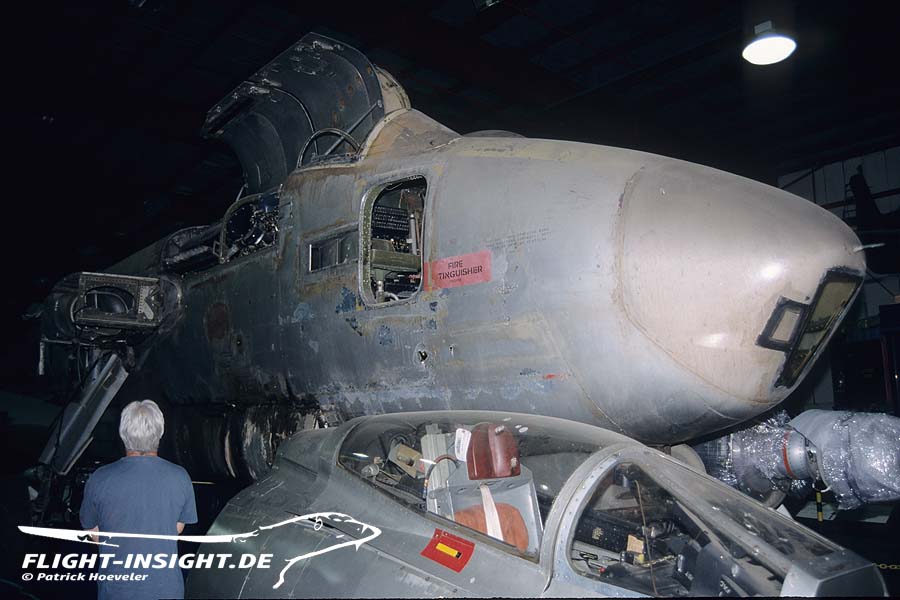
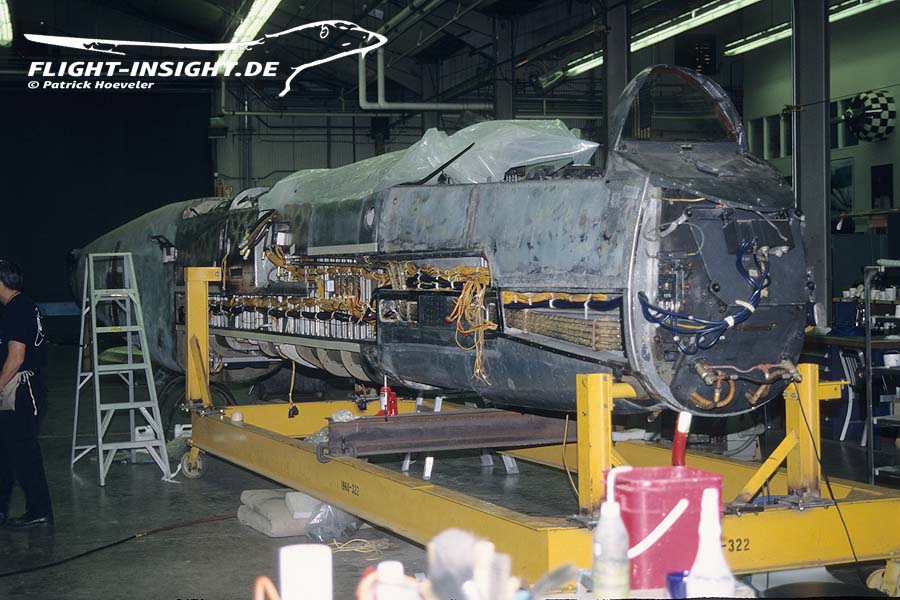
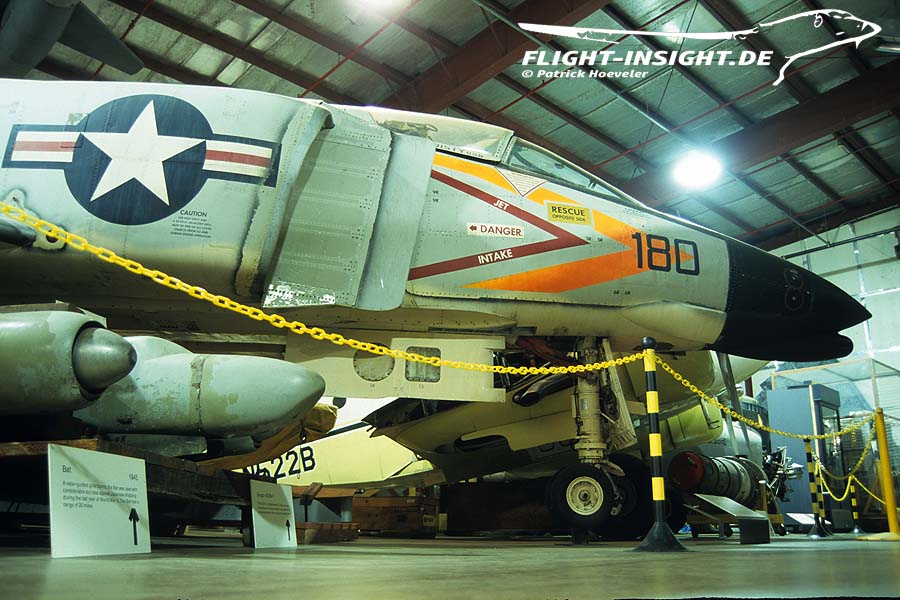
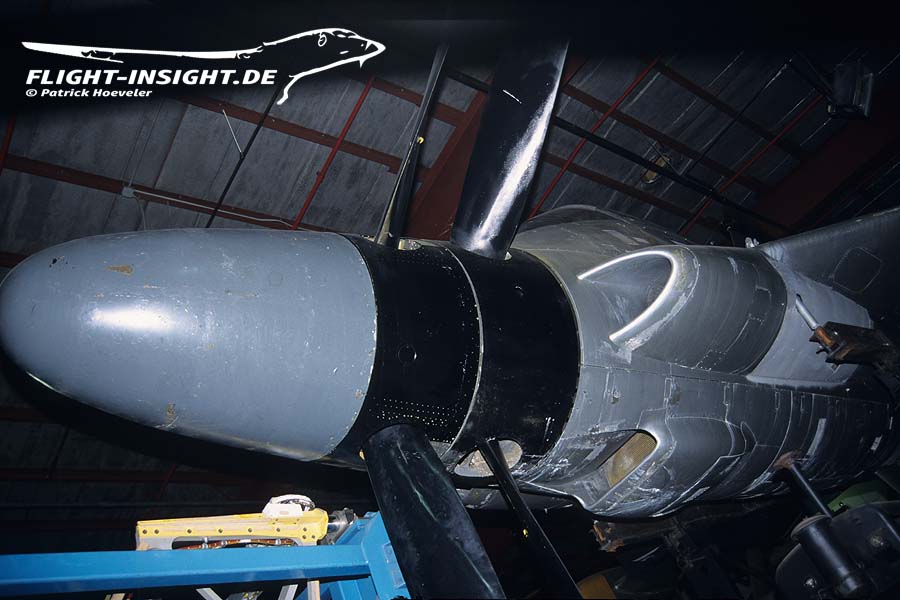
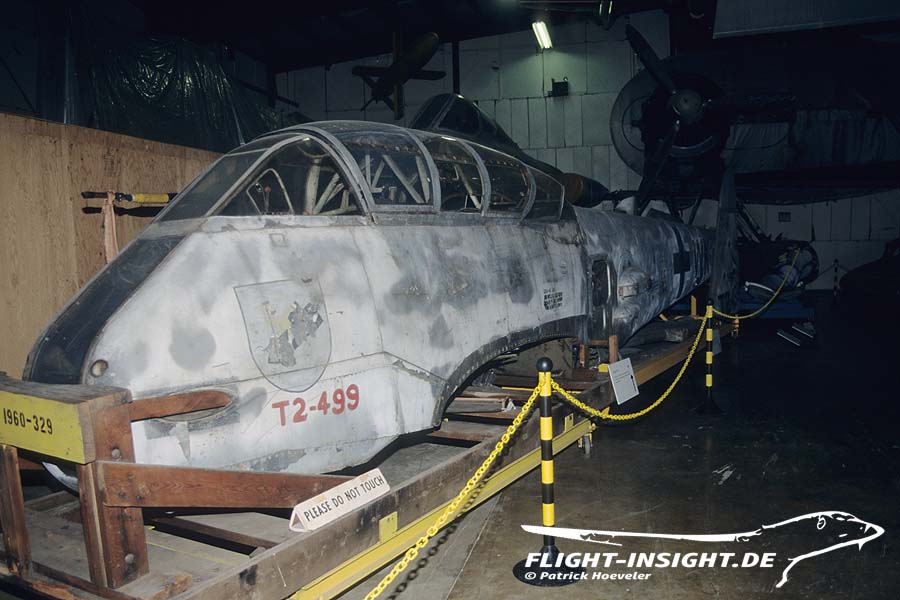
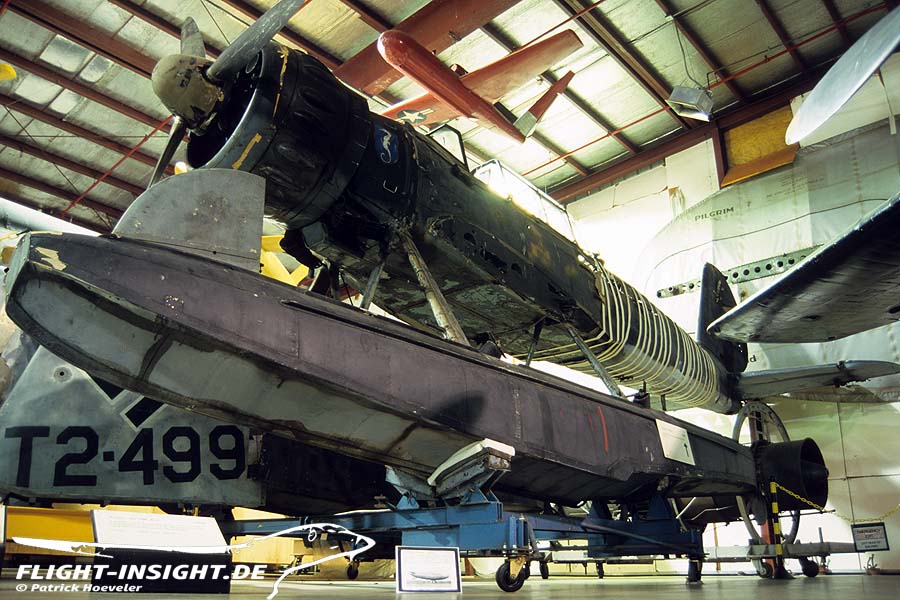
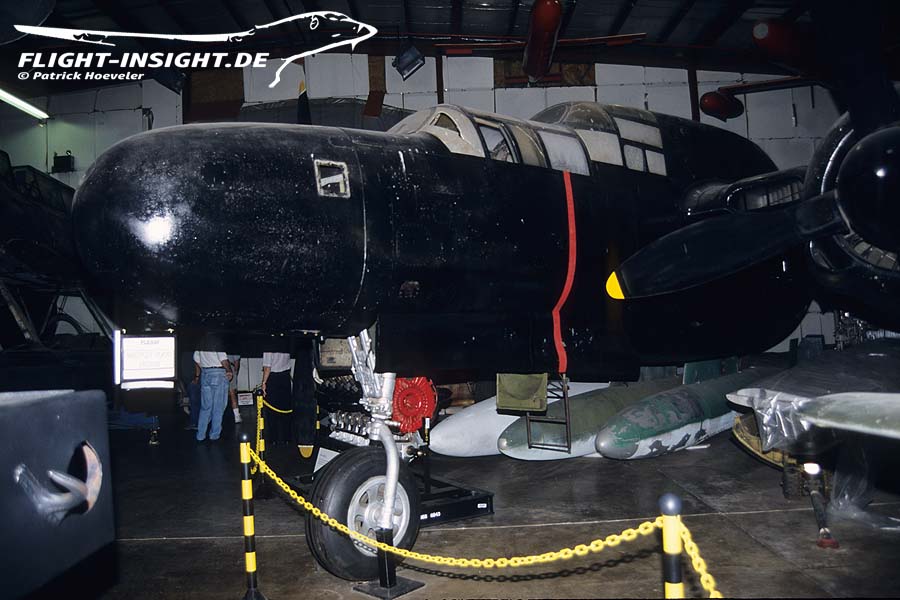
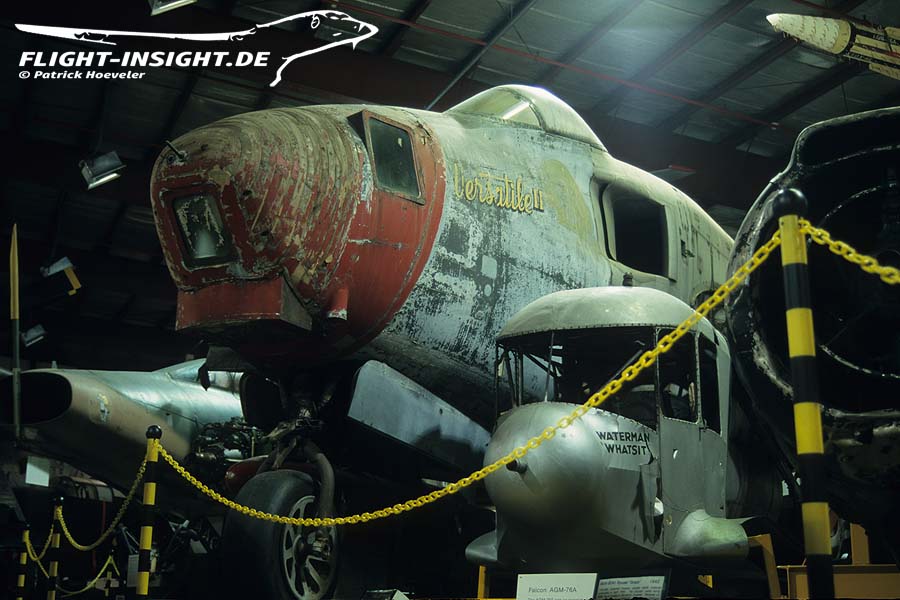
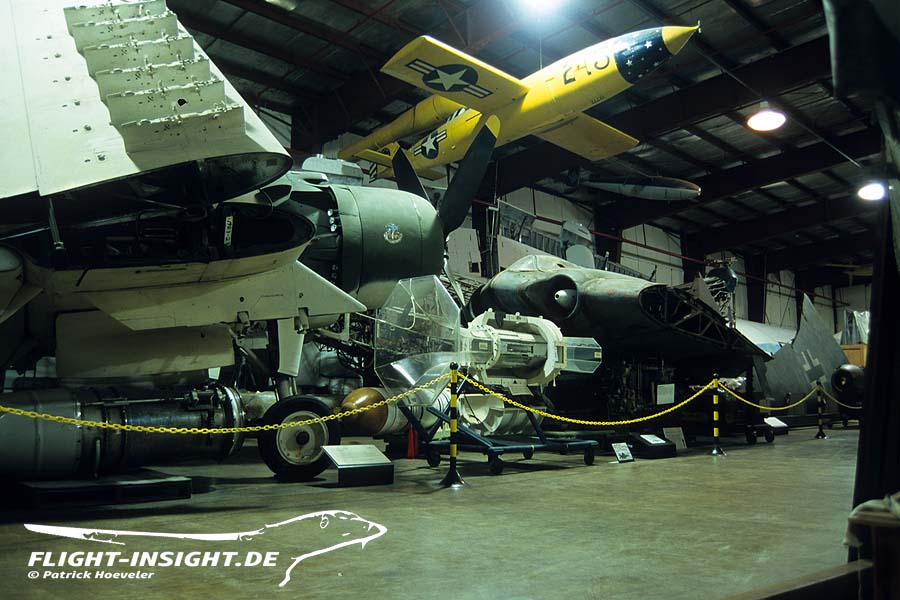
The Smithsonian Institution owns one of the largest collections of flying machines, of which for a long time only a fraction could be displayed at the National Air and Space Museums (NASM) in Washington D.C.. It was not until the opening of the Steven Udvar-Hazy Center at Dulles that more space was created for the display of many unique aircraft and helicopters. Until then, many treasures were stored in the Paul Garber Facility in Silver Hill, Maryland. This was also the location of the museum’s restoration workshop until the move to Dulles. At its peak, nearly 200 aircraft were stored in the facility named after Paul Edward Garber, the co-founder and first curator of the National Air and Space Museum.
Particularly famous was the fleet of German aircraft from the Second World War that were brought to the USA for testing and almost ended up on the scrap heap when the evaluation was completed. However, the storage conditions were not ideal: first they were exposed to the elements on a cleared forest area and later they went into hangars that were not air-conditioned. But US exotics like the Douglas XB-42 and XB-43 Mixmaster did not fare any better. However, when a type was selected for restoration, it was usually followed by several years of meticulous refurbishment, after which the respective model was usually even in better condition than when it left the factory. From 1959 to 2002 alone, the team of the Garber Facility restored more than 70 exhibits, including the Arado Ar 234 in more than 18000 working hours.

